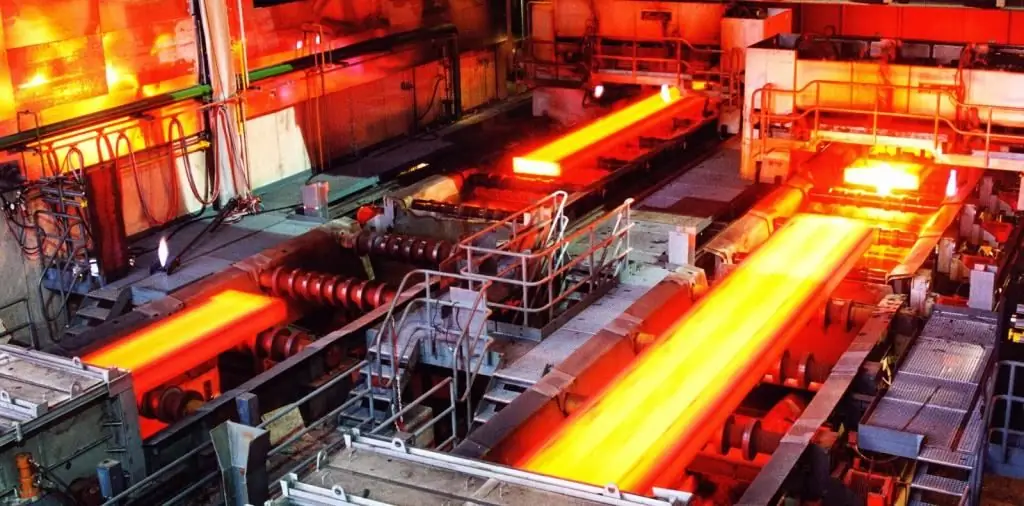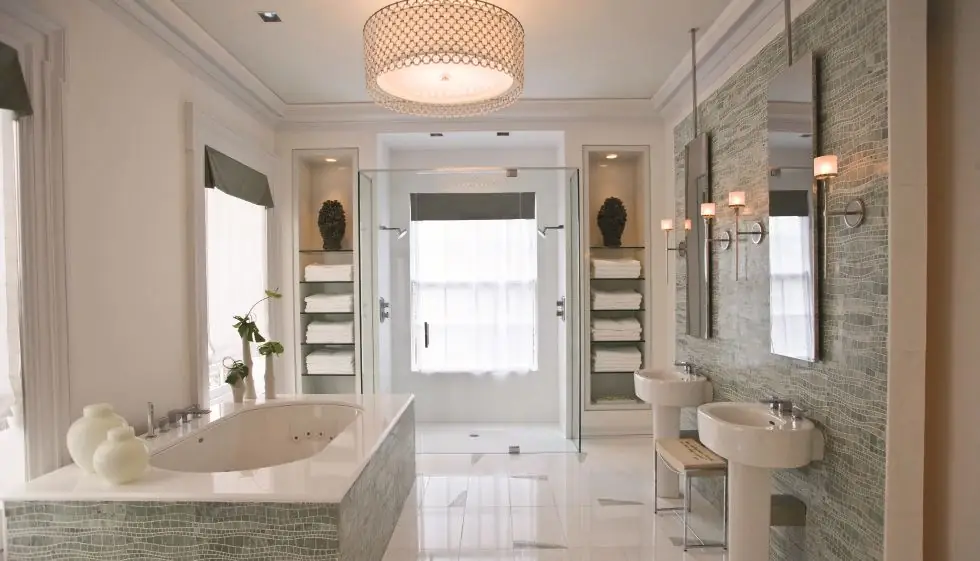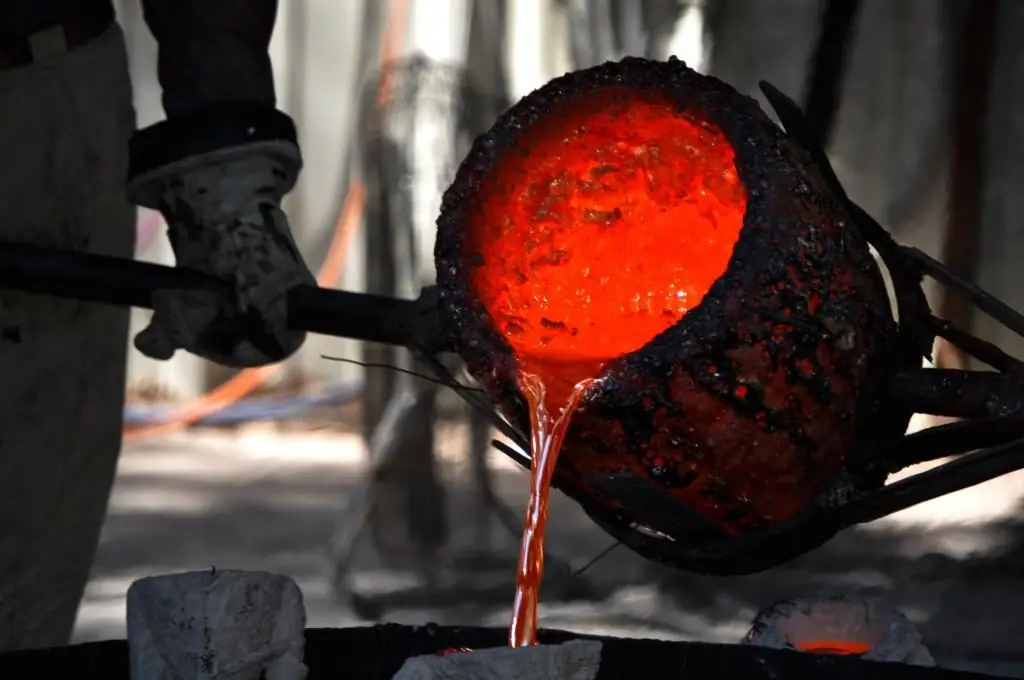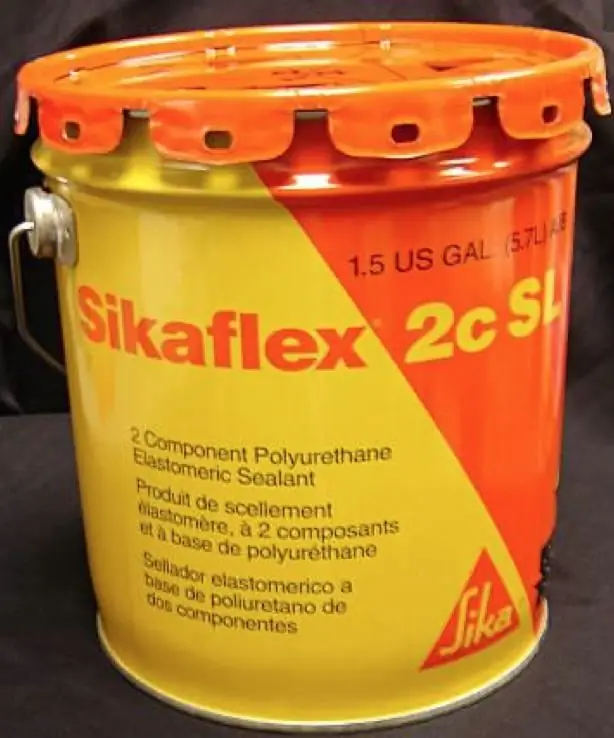2026 Author: Howard Calhoun | [email protected]. Last modified: 2025-01-24 13:10:47
The strength of a weld is determined by several factors. The first important indicator is the mode of welding two metal structures together. The second factor is the right choice of consumables. The third parameter that determines the strength of the connection of a metal structure is the exact dimensions of the legs of the weld.
What is a leg
This name comes from the fact that if we consider the welding seam in section, then with its perfect execution it will look like an isosceles triangle. In this case, the leg will be the distance that is between the end of the seam of one part and the plane of the other part. At its core, the leg of the weld will be the leg of such an isosceles triangle, hence the name.

So, what is the leg, now it's clear. It is important to understand that the strength of the joint will greatly depend on the value of the corner joint. However, it is important not to be mistaken here. The fact that the leg of the weld is responsible for its strength does not mean at all that the thicker it is, the stronger the joint itself will be. In this case, it must be understood that too muchthe number of welded elements will lead to a deterioration in the characteristics of the connection. In addition, too much consumption of electrodes, gas, flux and additives will greatly increase the cost of such work.
Joint geometry
For the reasons described above, it is very important to take into account the geometry of the joint. The main parameter when connecting two metal structures will be that the weld leg must have large longitudinal section parameters.

For example, when welding two metal elements with different thicknesses, the dimensions of the leg of the seam should be determined by the part that has a smaller thickness. Most often, the dimensions of the weld leg are determined and measured according to pre-prepared templates. Today, welders use the most versatile tool for measuring the leg. Such devices are called "welder's cathetomers".
This tool has the form of two thin plates, the ends of which have the shape of a notch, designed to determine different parameters of the leg. The specialist in turn applies cathetomers of different sizes to the suture. Among them, there is sure to be one that will exactly repeat the geometry of the leg of the weld.
Seam shape
After welding, most often only two types of seam are formed.
The first view is a regular weld, which looks like a bead with a convex surface. However, it is important to note here that this type of seam, according to experts, is not optimal. SuchThere are two reasons for the assertion. Firstly, the stress on the structure will greatly increase inside such a seam, and secondly, the consumption of materials for creating such a seam will greatly increase.

The second type of seam is considered ideal. It looks like a roller with a concave surface, but it is very, very difficult to achieve such a performance when welding two structures. In order to achieve this type of seam, it is important to correctly set the parameters of the welding machine, as well as maintain the same electrode consumption rate. In order to fulfill both conditions, you need a specialist with a lot of experience in such work. It is worth adding that this type of weld is not used in the assembly of metal structures.
Corner connection dimensions
If we talk about the dimensions of the leg of the fillet weld, then, as mentioned above, the thickness of the parts to be welded will be the decisive factor. For example, if there are parts with a thickness of 4-5 mm, then the size of the leg will be 4 mm. If the thickness increases, then the leg will also have to grow.

A very important factor that affects the concavity or convexity of the weld bead is what kind of electrode was used. This refers to the chemical composition of the consumable element. For example, if you use an electrode that, when used, will become thick and viscous, then the surface of the roller will eventually turn out to be convex. If, when the roller is melted, the metal is liquid and spreading, thenits surface will be concave.
Speed and welding mode
In order to obtain the optimal leg of the weld during the work, as well as to ensure a strong connection, several points must be considered.
- The main parameters of the selected operating mode will be the current and voltage. Experts in this field know that if you increase the current and also create a stable voltage, the weld will be deeper and will have a smaller thickness. If, during operation, a stable current is maintained, but the voltage is changed, then the resulting connection will be less deep, but its thickness will increase. From this follows a logical conclusion that the thickness of the weld leg will also change.
- The second factor is speed. If this parameter is not exceeded by more than 50 m/h, then the depth of welding of the joint will increase, and the thickness will decrease.
- If you do the opposite, that is, increase the speed, then not only the depth of welding will decrease, but also the thickness of the leg of the seam. The characteristics of the metal formed inside the gap between the workpieces will also be reduced. This is due to the fact that when moving quickly, the heating of the bath is negligible.

How to identify the leg of a weld
It is worth saying that this is not very difficult to do. The basis for this statement is that in cross section this seam is an isosceles triangle, and calculating the leg of such a figure is a fairly simple operation. In order to spendcalculations, you can use the usual trigonometric formula: T=S cos 45º.
T is the value of the leg of the weld, and S is the width of the resulting bead, or the hypotenuse of the triangle.
In order to determine the leg of the seam, it is important to know the thickness of the seam itself as a whole. This operation is quite simple, plus, in this case, cos 45º will be equal to 0.7. After that, you can substitute all the available values \u200b\u200bin the formula and get the value of the leg with high accuracy. Calculating the leg of a weld using this formula is one of the simplest operations.

Types of seams
Today, there are two main types of weld. It is important to understand here that a seam and a weld are two different things.
- Butt welds. This type is used when joining parts end-to-end, that is, ends. Most often in practice, this type of seam is used in the assembly of pipelines, as well as in the manufacture of sheet metal structures. The use of this type of seam is considered the most economical, as well as the least costly in terms of energy.
- There are also corner seams. In fact, it is worth highlighting three types here - angular, tee, lap. Cutting the edges of materials in this case can be either one-sided or two-sided. It depends on the thickness of the metal. The cutting angle is in the range from 20 to 60 degrees. However, it is important to understand here that the larger the angle is selected, the more consumables will have to be spent, and the quality will also decrease.

Weld pattern
Welds also differ in their configuration. There are several types here: longitudinal rectilinear and curvilinear, annular.
If longitudinal seams are to be welded, it is very important to thoroughly prepare the metal surface, especially if the work will take place with a long seam length. When creating this type of seam, it is important that the surface is not wavy, and that all edge burrs must be cleaned. Also an important detail will be the removal of moisture, rust, dirt or any other unwanted elements from the work surface before welding.
If ring welding is to be carried out, then it is very important to correct the operating mode of the welding machine. If the diameter of the product is small, then in order to achieve a high-quality weld, it is important to reduce the amperage.
It can be added that the resulting seams can be not only concave or convex, but also flat. Flat and concave types are best suited for those structures that operate under dynamic loads. The reason for this was that this type of seam does not have a perceptible transition from the joint itself to the metal.
GOST weld legs
GOST 5264-80 is a document that establishes the main types, structural elements, as well as the dimensions of all welded joints. However, it is important to note that this paper does not cover the types of seams used to connect pipelines.
One of the points of this GOST says that during weldingbutt type and different thickness of parts, they can be connected in the same way as parts with the same thickness, if their difference does not exceed certain indicators.
It is also described in this document that it is allowed to move the edges to be welded relative to each other before welding. Also there are set numerical offset parameters that are allowed at a certain thickness of the workpiece.
This document has an appendix that contains all the minimum dimensions of the weld legs. It is worth adding that the convexity, as well as the concavity of the seam, can be no more than 30% of the value of its leg.
Recommended:
Steel 09G2S - properties and characteristics

Diversity in the steel industry is often intimidating for people who need to purchase a particular grade of steel for a specific need. This problem is solved by a long and methodical study of the topic, understanding its very essence. However, there is a way to cut a little. This article contains all the most important and useful information regarding steel 09G2S. Reading this article will not take much time, and the knowledge gained will help you choose the right material
Steel 20: GOST, characteristics, properties and applications

Structural steel is the most demanded in the gas and oil industry, housing and communal services, at the household level. Versatile features, low cost and proven reliability and practicality are of great interest to manufacturers
Green marble: characteristics of properties and application

Today, green marble is widely used in construction and decoration. They veneer buildings, walls and floors of premises, create mosaic compositions and decorative ornaments, make tabletops and window sills, flowerpots. When decorating parks and gardens, fountains, gazebos, and stair railings are covered with such marble. It is used to create monuments, tombstones, monuments
Marking of bronze: characteristics, properties and scope

Due to its decorative features and many other properties, bronze has become popular. It is very difficult even for connoisseurs to name all the impurities and additives that are present in bronze alloys. This article will focus on bronze and its marking
Two-component polyurethane sealant: definition, creation, types and types, characteristics, properties and nuances of application

With long-term and high-quality sealing of seams and cracks, polyurethane two-component sealants have found their wide distribution. They have high deformation and elastic properties, therefore, they can be used as butt sealants in the field of repair and housing construction

